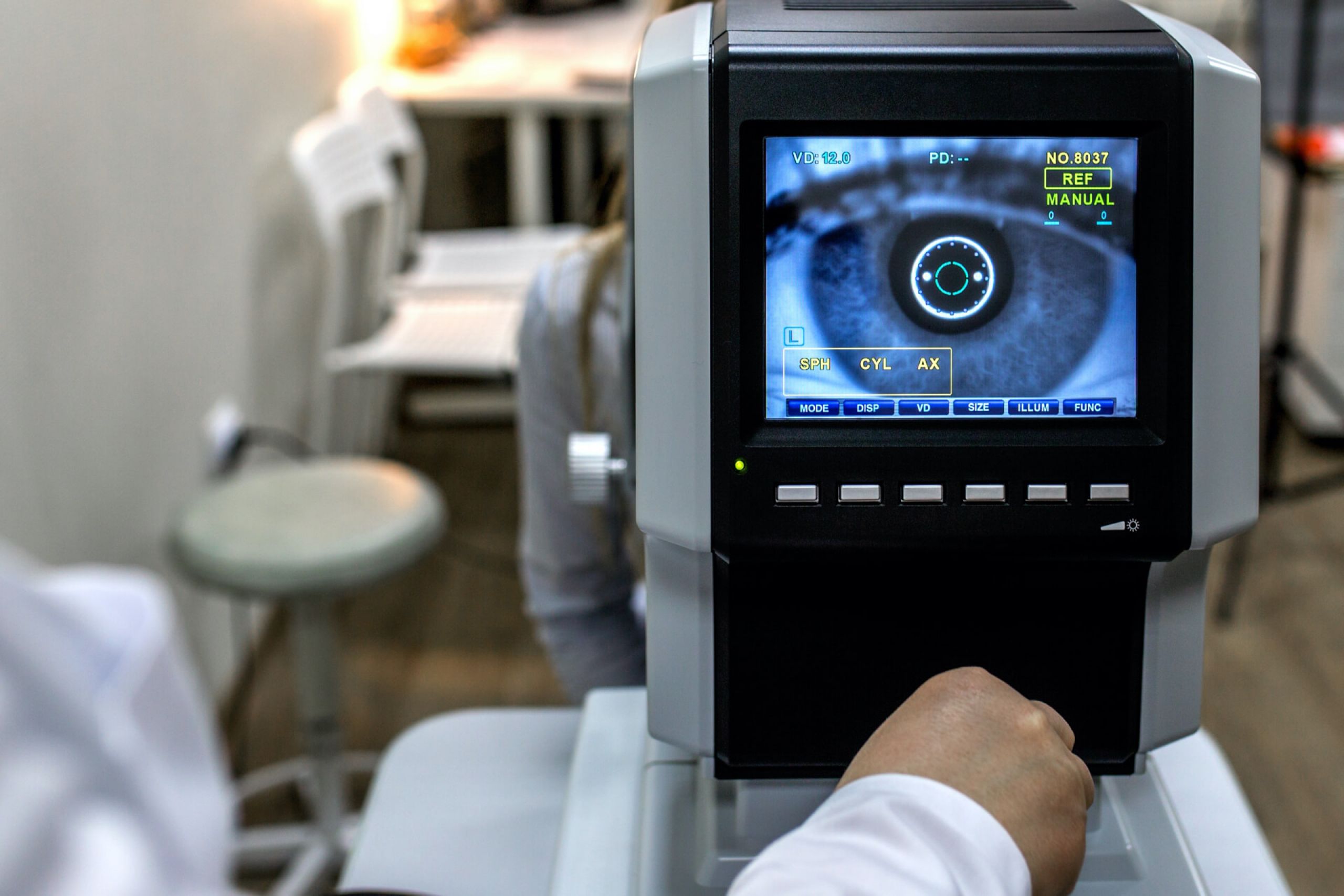- Glaucoma is a group of eye disorders that lead to progressive damage to the optic nerve. It is characterized by loss of nerve tissue that results in vision loss. People with glaucoma can lose nerve tissue, resulting in vision loss.
- The symptoms can start so slowly that patients may not notice them. The only way to find out is to get a comprehensive eye exam.
-
Glaucoma is a leading cause of blindness for people over 60 years old. There is no cure for glaucoma, but early treatment of elevated intraocular pressure (IOP) can often stop the damage and protect vision.
- More than 3 million Americans are living with glaucoma, and about 80 million people have glaucoma worldwide, and this number is expected to increase to over 111 million by 2040.
Eye Care Professionals use different types of treatment for reduction of elevated intraocular pressure (IOP) in glaucoma patients, including medicines – usually eye drops, laser treatment, and surgery. Prescription eye drops indicated for the reduction of elevated intraocular pressure (IOP) in patients with open-angle glaucoma or ocular hypertension. are the most common treatment. They lower the pressure in the eye and prevent damage to the optic nerve.
Beta blockers are one of the most commonly prescribed classes of medicines for reduction of elevated intraocular pressure (IOP) in patients with open-angle glaucoma or ocular hypertension. Beta blockers reduce IOP by blockade of sympathetic nerve endings in the ciliary epithelium causing a fall in aqueous humur production. Beta blockers are often prescribed in combination with other classes of intraocular pressure reducing medications, e.g. prostaglandins or carbonic anhydrase inhibitors (CAI).
The EyeSol® technology opens completely new and intriguing opportunities to develop better glaucoma therapies. The water-free technology offers important advantages over traditional eye drops, including a drop size approximately 25-35% of the size of water-based drops. This smaller drop size has the potential to result in less systemic absorption. Other advantages of EyeSol® include longer residence time on the eye, better penetration, and no need for preservatives.

